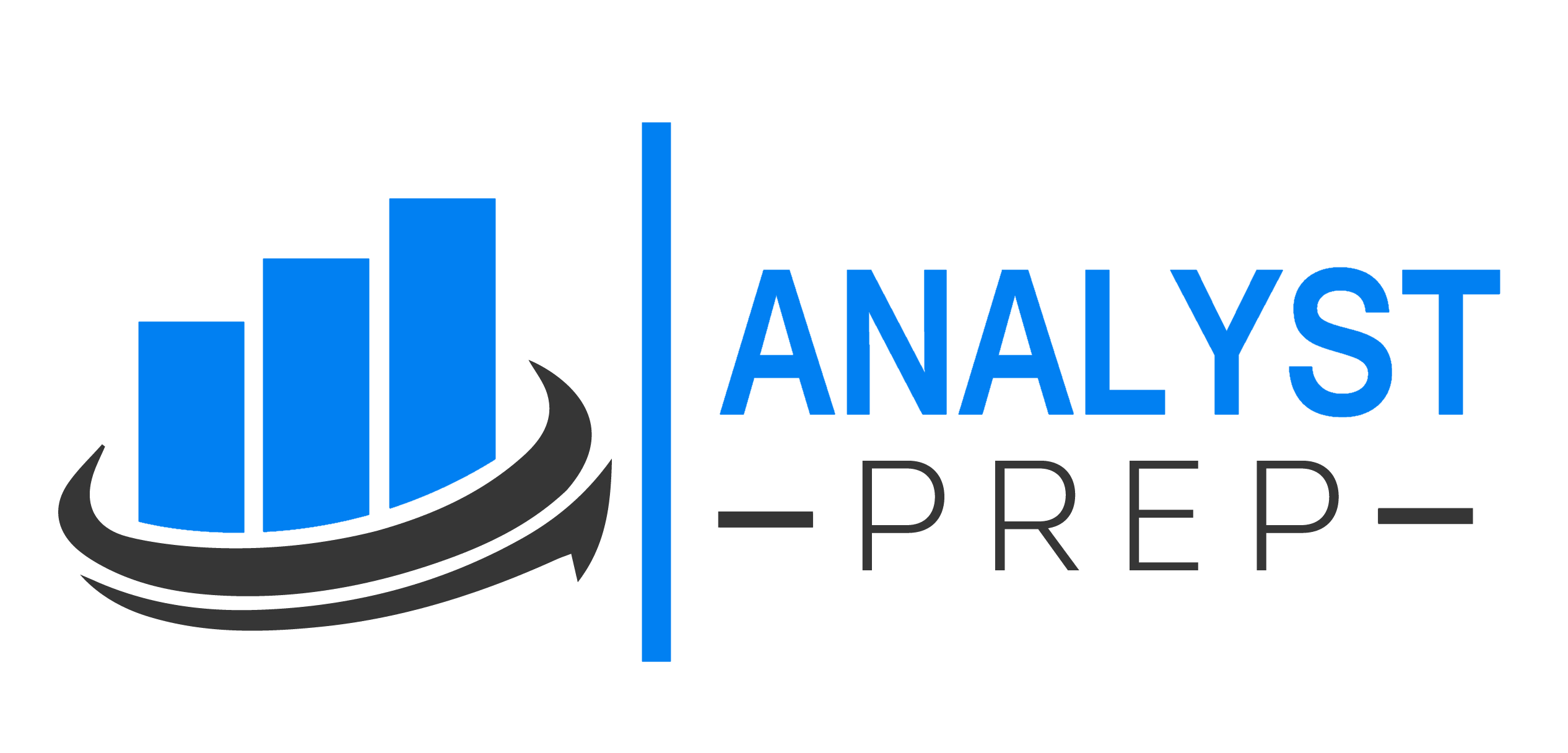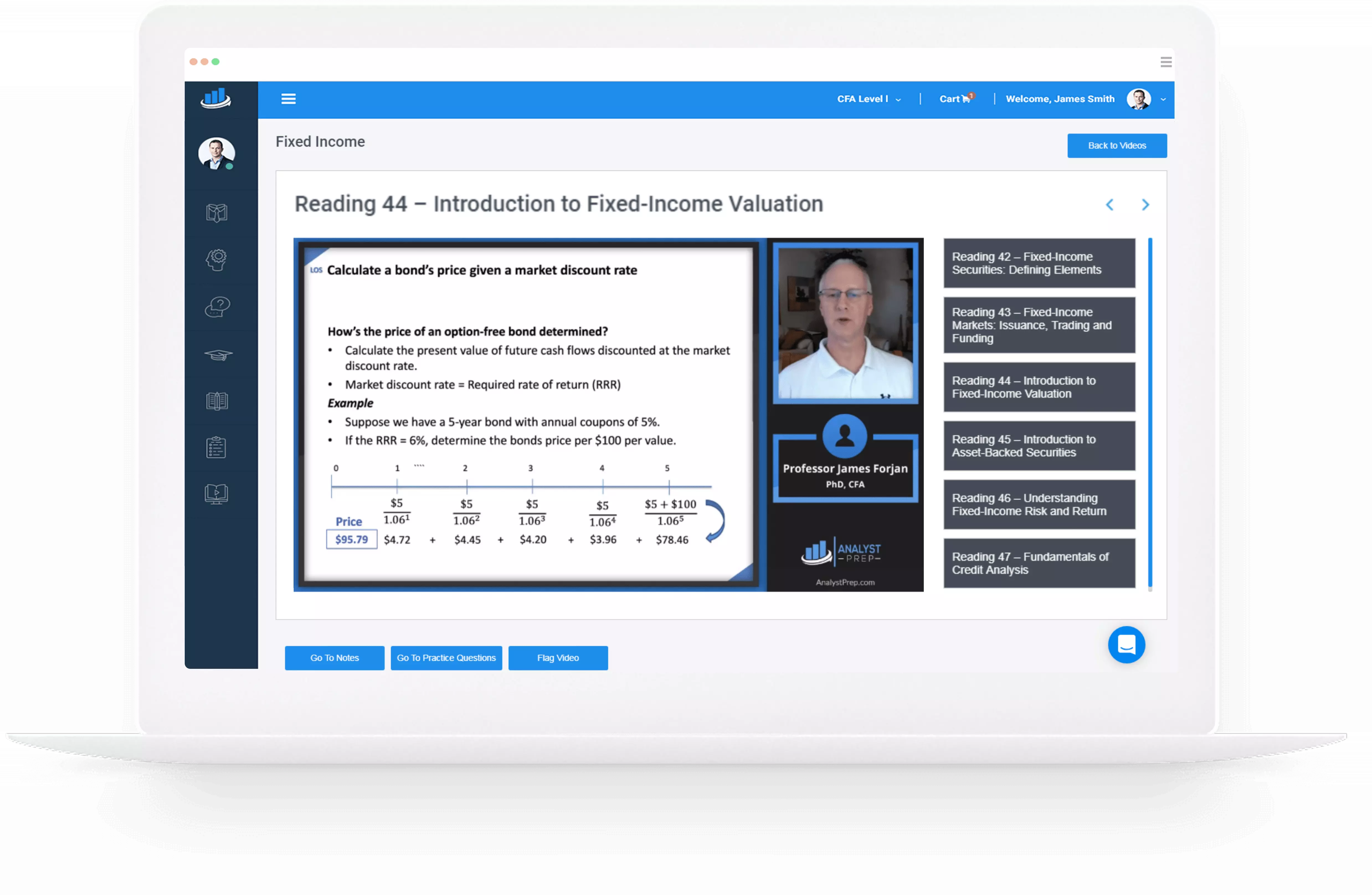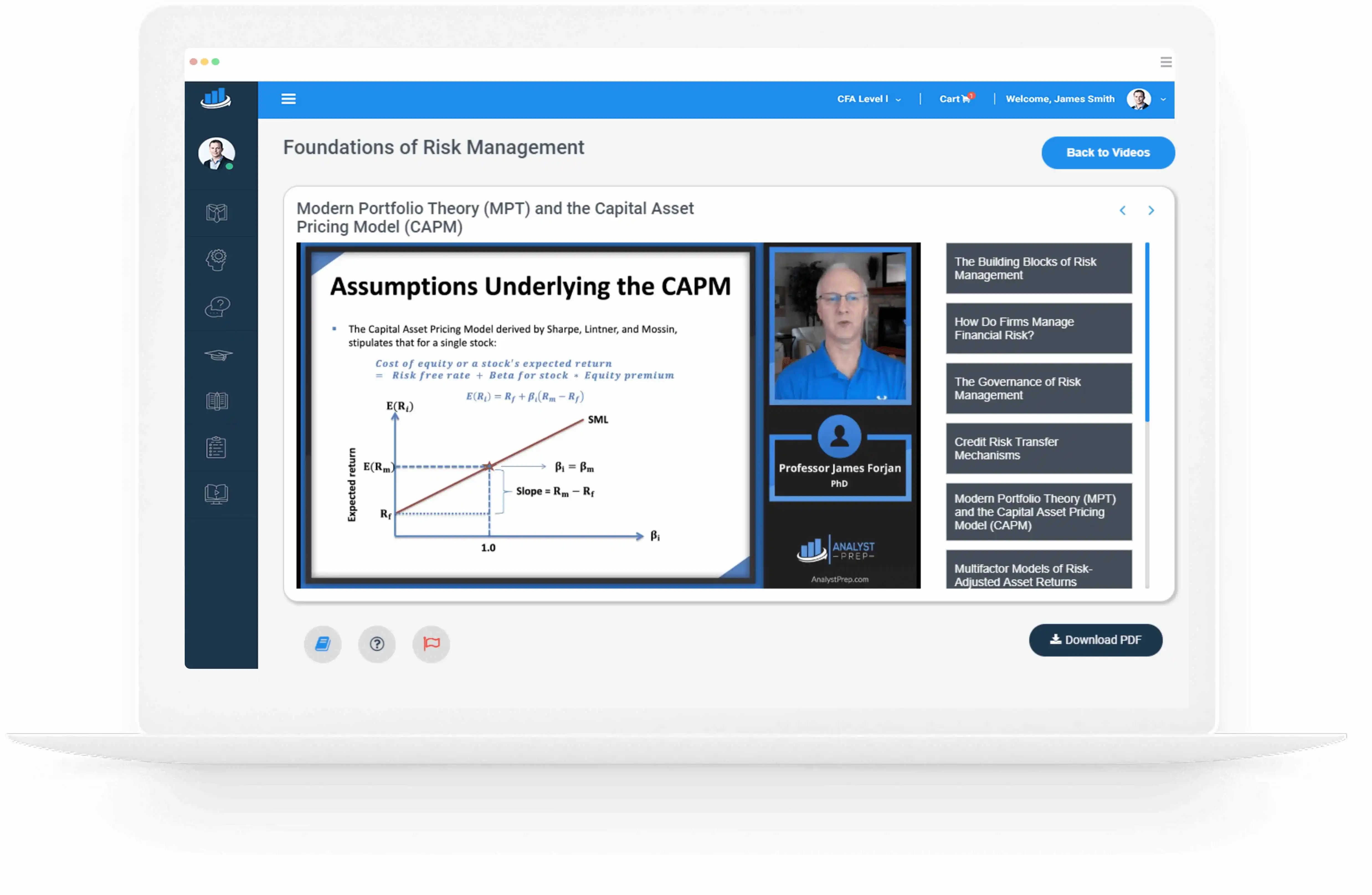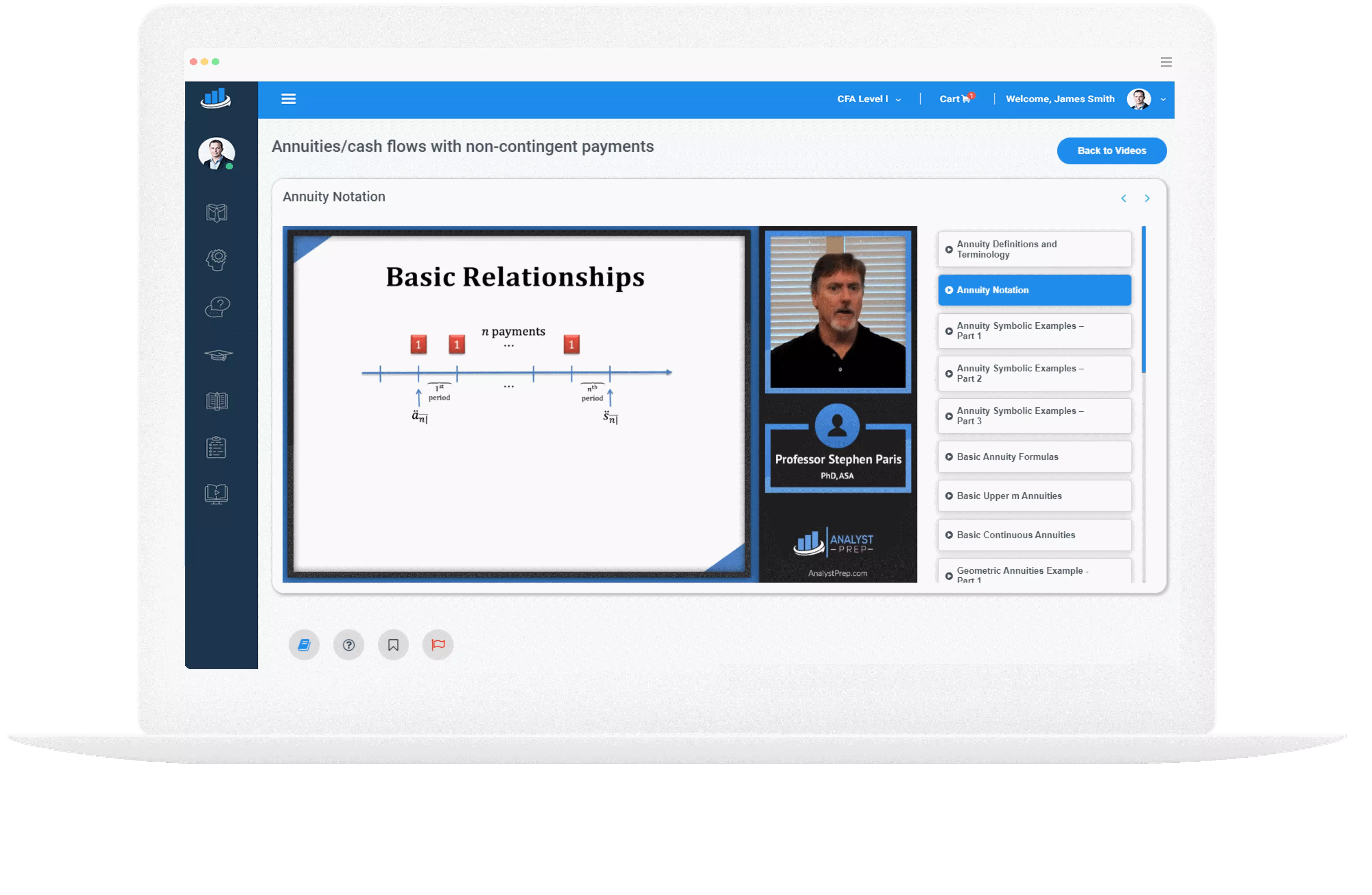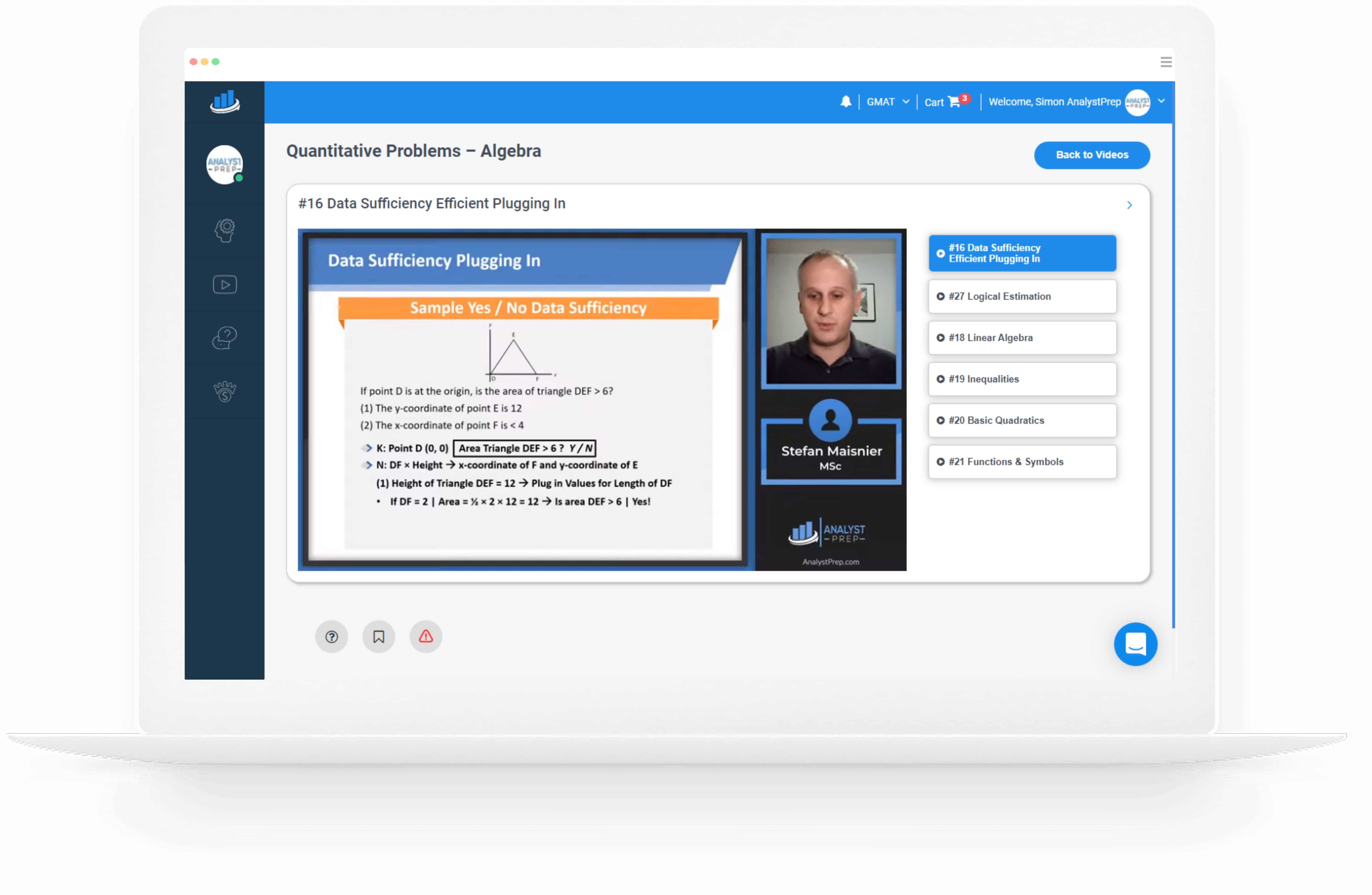Explain and perform calculations concerning joint probability functions and cumulative distribution functions for discrete random variables only
Joint Discrete Probability Distributions We are often interested in experiments that involve the intersection of two or more events. For example: An experimenter tossing a fair die is interested in the intersection of getting, say, a 5 and a 6….
Calculate the expected value, variance, and standard deviation of both the loss random variable and the corresponding payment random variable upon the application of policy adjustments.
In the previous reading, we covered the fundamental ideas of deductibles, coinsurance, benefit limits, and inflation in the context of insurance. In this reading, we will focus on more quantitative aspects. Specifically, we will perform calculations to determine the expected…
Apply the concepts of deductibles, coinsurance, benefit limits, and inflation to convert a given loss amount from a policyholder into the corresponding payment amount for an insurance company
Policy modifications refer to changes made to the loss random variable for an insurance product. In this chapter, we will explore several policy modifications, each serving a specific purpose in enhancing insurance coverage. These modifications include: Deductibles Benefit/policy limits Coinsurance…
Goals-based Approach
A goals-based asset allocation process combines into an overall portfolio numerous sub-portfolios, each designed to fund a single goal within its time horizon and required probability of success. Individuals have unique needs that differ from those of institutions. The critical…
Characteristics of Liabilities Relevant to Asset Allocation
Aside from the well-known asset-only approach to asset allocation, other options are available to financial professionals. Another lens to view asset allocation involves thinking not of an already constructed portfolio of assets but first viewing the liabilities under the portfolio’s…
Rebalancing Asset Portfolios
Rebalancing as a Discipline After choosing a strategic asset allocation, portfolios will drift away from those allocations as market conditions change and affect the relative weights of investments within a portfolio. One choice is clearly to ‘do nothing,’ also known…
Economic Balance Sheet
The Economic Balance Sheet An economic balance sheet is a snapshot in time of an investor’s assets and liabilities. But rather than just capturing physical and/or financial assets, as does the traditional balance sheet, the economic balance sheet also…
Forecasting Fixed-income Returns
To inform the asset allocation process and adequately set client expectations, analysts must be able to create realistic and defensible forecasts for all asset classes, including fixed income. The main ways to approach forecasting fixed-income returns include: Discounted cash flow:…
Monetary and Fiscal Policy on Business Cycles
Monetary Policy To smooth out extreme inflation or deflation, central banks act as mediators. It is generally accepted that expansionary policies are less effective than those that are restrictive. In other words, it’s easier for governmental authorities to cool down…
Business Cycles and Short-and Long-term Expectations
The business cycle refers to variations of economic productivity–often measured in terms of GDP–around its long-term trend rate. It is this long-term trend rate that serves as an anchor for forecasting business environments. This is because the economy cannot sustainably…
